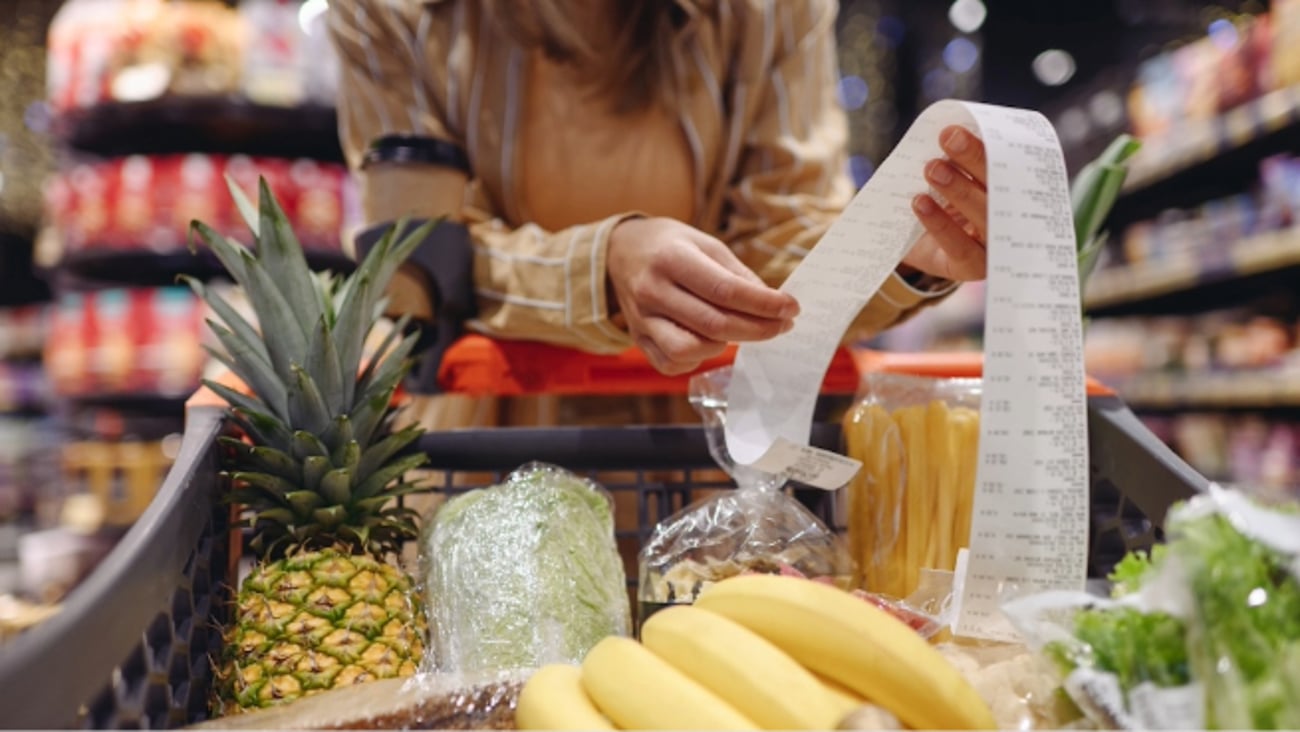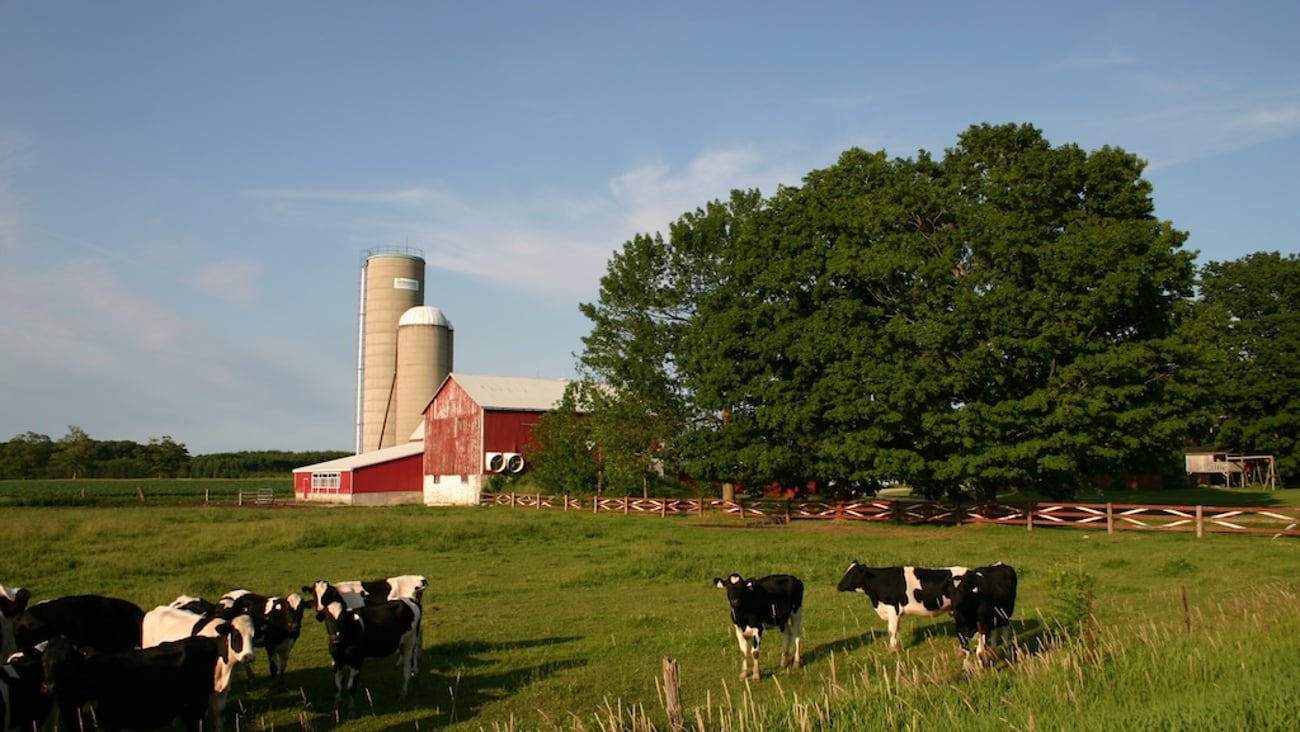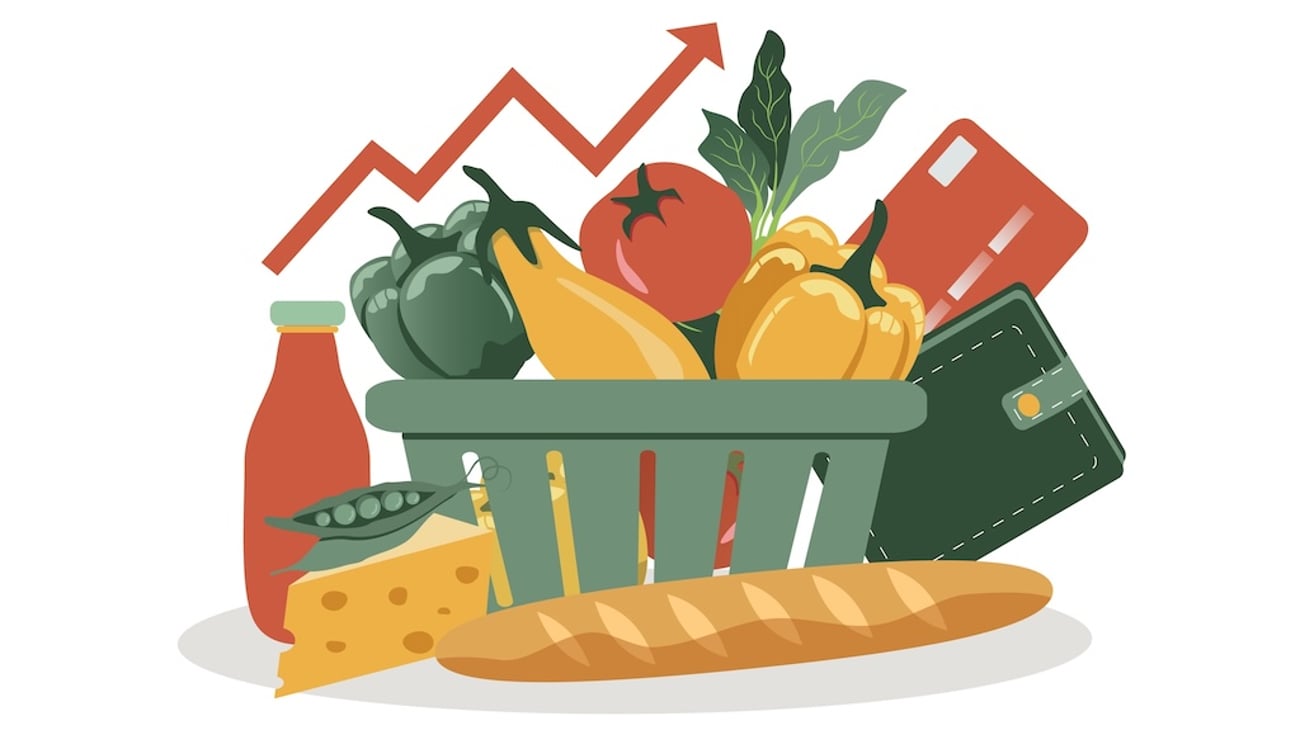Will edible packaging become mainstream?
Within a year, single-use plastics and excess packaging have become Public Enemy No. 1.
A recent Greenpeace-led audit looked at the companies behind the waste lining Canadian waterways. Much of the plastic trash cleaned up from Canadian shorelines this fall was traceable to five companies: Nestle, Tim Hortons, PepsiCo, the Coca-Cola Company and McDonald's. All these companies are part of the food industry, which is hardly surprising.
With consumers looking for convenience and portable food solutions, this problem will not go away anytime soon. In fact, it could get worse if nothing is done.
The number of meals in Canada consumed outside the home is only increasing. Canadian households spend roughly 35% of their food budget outside a grocery store, and that percentage is increasing every year.
The number of people walking around with plastic containers and bags, wrappers and cups will likely increase, and the food service, retail and processing sectors are all fully aware of this environmental conundrum.
What is brutally unclear for companies is how to deal with it. But making the issue of plastic use a political one is creating some movement, everywhere around the world.
Compostable containers
In the food industry, conversations about green supply chains focus on compostable and even edible solutions. Plenty of technologies exist.
On the compostable front, we have come a long way in just a few years. In 2010, PepsiCo Canada came out with the first compostable chip bag for SunChips. This new package was meant to completely break down into compost in a hot, active compost pile in approximately 14 weeks. Some tests concluded that it did not.
But what really attracted the attention of consumers to this novelty was how noisy the bag was. An influential social media campaign led to the bag's downfall. The company pulled it from the market less than a year after its introduction.
Since then, pressure from cities has helped boost the presence of compostable packaging. With cities increasingly accepting food packaging in organics bins, retailers shouldn't shy away from promoting these green solutions. They might even adopt new green packaging schemes for some of their private-label products.
Milk wrap
Edible packaging is also gaining currency around the world. Imagine one day walking into a grocery store, and everything you see on store shelves can be eaten.
Research has come a long way, but it has not been easy. The first generation of edible packaging was made of starch, which often failed to keep food fresh.
The Unites States Department of Agriculture (USDA) has been working on a new generation of edible packaging that may get the attention of food industry pundits. Casein-based food packaging, made from milk proteins, isn't just edible, it's also more efficient than other types of packaging as it keeps oxygen away from the food for an extended period, keeping it fresher for longer. The casein-based edible fabric can be infused with vitamins and probiotics. This technology from the USDA should be ready in 2019.
Another organic matter getting attention is seaweed. We have wrapped sushi with seaweed for centuries, so it is only natural to extend the practice beyond Japanese delicacies. Costs and availability are still unclear.
Eating your garbage away
While these may be promising technologies, no business model has yet been developed and we still don't know how edible packaging will affect retail prices. This is certainly of great concern to retailers and restaurants.
Other issues have come up as well when considering edible packaging. Taste and food safety are obvious ones.
The idea that we can reduce plastic waste by eating more packaging is intriguing, but not every consumer would think of such a concept as appetizing. A case has to be made for consumers to eat their garbage away.
Logistics are certainly an issue with edible packaging. Throughout the supply chain, temperatures tend to vary greatly, which makes it challenging for any edible packaging to preserve the integrity of products that may travel thousands of kilometres around the world.
Start-ups looking at this issue are rampant. According to Transparency Market Research, a global research firm, demand for edible packaging could increase on average by 6.9% yearly until 2024 and could become a market worth almost US$2 billion worldwide.
As consumers, we will be given an opportunity to save the planet from plastic waste as we eat our food.
In the mean time, Greenpeace can continue to blame companies for the rubbish we find in oceans and waterways, but it's actually all of us who are responsible for this mess.
If we want more compostable or edible packages, we may be asked to pay more for our food, to pay for a "planet premium," once these new technologies come around. Regardless, it may be worth it.




